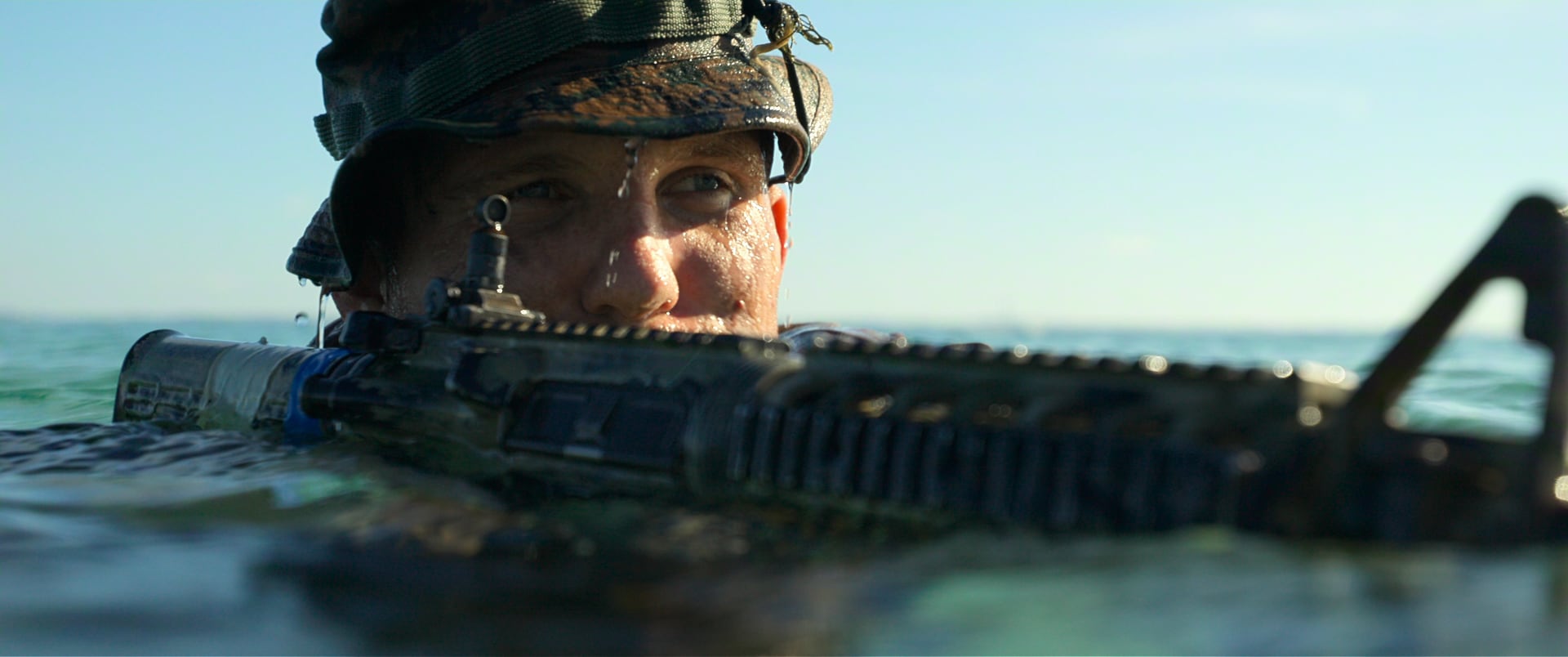It's one of the hardest jobs that chief petty officers have — counseling their E-6s who didn't select for chief petty officer.
Even this year, with a one in four chance of making chief, nearly 12,500 sailors got the word from their leadership that they're going to have to try again next year.
"It's a tough blow," said Fleet Master Chief (AW/SW) April Beldo, senior enlisted adviser to the chief of naval personnel. "But in a Navy where we promote to vacancy, at the end of the day, we can only have just so many people in each rating."
So what can a sailor who didn't select for chief this year do to up his or her chances in succeeding years?
Because the board process is closed and all proceedings kept secret, which officials say is necessary to protect the impartial nature of the board, sailors don't get a laundry list of everything that was or wasn't in their record that caused them to get passed over in favor of someone else.
Beldo said she believes every command should automatically schedule a career development board, headed by the command master chief or another senior master chief, to go over the sailor's records and talk with him or her on areas for improvement.
Navy officials highly recommend that sailors seek out further counseling. One of the best ways to get a second opinion is to find senior enlisted sailors — E-8s and E-9s who have sat on selection boards — who can scan your record with an eye educated by their personal participation in the selection process. In fact, it doesn't hurt to find more than one.
For those who aren't sure how to find these people, they can ask their command master chief if there's anyone at their own command who has this expertise. Another route is to look at the Navy Personnel Command website where, on the enlisted selection board page, there is a list of those who sat on the board. Sailors can look it over to see if any of the names are familiar.
Navy Times sought out experts and sailors who have sat on selection boards in past years, and asked them what E-6s who weren't selected need to know to improve their chances for advancement to chief in the future.
And though board members can't comment on anything they actually saw or deliberated on while in "the tank" at Millington, Tennessee, voting on individual sailors, they can use that personal experience to counsel sailors about what the board most wants to see.
Don't get discouraged
"Timing is everything, and sometimes it is not about what they didn't do — it's the fact their rating is just tight right now," Beldo said. "Sometimes we have to say that it's not about you or what you did or didn't do; your rating might just be tight this year. The good news is that the situation could change by next year."
But to be ready, she said, sailors can't get discouraged. They need to stay the course; instead of letting off — kick it up a notch.
This means, she said, sailors should find ways to set themselves apart from the pack next year.
"I tell them they need to keep doing what they're doing [and maintain] sustained superior performance," she said. "But you need to get out of your comfort zone and set yourself apart for next year."
If they're up for orders, she said, sailors should volunteer for the "tough jobs" such as recruit division commander at boot camp or recruiting duty.
Those in the middle of tours should look to get a diversity of collateral duties — if something comes open and you see a chance to make an impact on your command — then raise your hand, volunteer.
Cause, effect and impact
Master Chief Avionics Technician (AW) Kevin Boby, currently the leading chief petty officer at Recruit Training Command's technical training division, agrees that collateral duties can set sailors apart.
What's important is to find collateral duties that show you're ready for one of a chief's primary responsibilities — teaching and upholding standards, he said.
"If you're doing them right, even being the urinalysis coordinator can have an impact on the command, because you're upholding standards — it's the purpose of the job," he said. "Other similar collaterals are things like being a command fitness leader or [Sexual Assault Prevention and Response coordinator]."
Also important, he said, is making the leap from simply being good in your rating to showing you have what it takes to be a chief — by passing on your in-rating knowledge.
"When I'm counseling sailors up for chief, I look at their evaluations to see the positions they've held — their primary duties — to see if they've been a leading petty officer or work center supervisor," he said. "I also look at the watchstanding — are they fully qualified to stand watch?
"But equally important is, not only are they in a leadership role or a qualified watchstander, I want to see if they're also also training others to stand that watch or to do that job."
The primary way the board is going to see that is if it's written in the sailor's evaluations.
Most sailors are asked to write the initial draft of their evaluations, based on what they see as their accomplishments during the past year.
"You have to write your evals with cause, effect and impact," he said.
"You have to be able to say, 'This is how I got qualified. I've trained others to get qualified and as a result, we have now stood this many watches without incidents.' That's cause, effect and impact — sailors need to write their evals to quantify things this way."
Check your records
For Senior Chief Yeoman Anthonio Brockington, being one of the first senior chiefs allowed to sit the chief's board was an "eye-opening experience."
Brockington made chief petty officer in 15 years, and he did it without having a warfare qualification — not an easy accomplishment in today's Navy. So he had to find other ways to set himself apart from the crowd.
"I was a [cryptologic technician (administration); going to sea wasn't always available in my rating," he said. "In my experience, it's taking the hard jobs that count — but that alone isn't enough — you have to perform in those jobs."
If sailors want to understand what the board is looking for, Brockington said they should go to the Navy Personnel Command website and read the board's precepts — the marching orders the selection board gets from the chief of naval personnel.
"The precepts are the gospel," he said. "You can learn a lot about what the board is looking for by reading them and, if you don't understand what you are reading, seek out someone who sat the board or at a minimum your chief. They can help explain how those precepts apply to you."
But none of that matters if the board doesn't see your accomplishments and awards, he said. He made chief on his second try after making an all-out effort to ensure that his service record was totally squared away.
"Your records are everything, the accuracy of your record. Everything you are qualified for and accomplished in your career should be there and obvious to the board," he said. " Ultimately, I tell sailors they must find the time to take care of themselves. Pull up your [Official Military Personnel File and your Personnel Summary Record, and make sure that your ducks are all in a row."
If they're not, he says, it's important the sailor write a letter to the board pointing out what's missing and provide the documents for them to review.
"Use this process to communicate with the board," he said. "If you have the chance to provides the board with another accomplishment, then don't hesitate to use that avenue. It could make the difference."■





